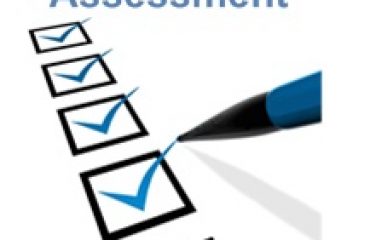
One of the biggest problems for self employed taxpayers relates to confusion over allowable business expenses when completing self assessment returns
Many self-employed people experience difficulties completing self assessment returns due to ‘confusing terminology, ambiguity around allowable business expenses and uncertainty transferring figures from personal spreadsheets to HMRC’s system. These challenges resulted in a more time-consuming process and errors being made’, finds the latest HMRC commissioned research into the tax experiences of the self employed.
There was widespread consensus that the first year of self employment was by far the most challenging, with many emphasising the level of complexity and stress induced by the process of figuring out what they needed to do. This anxiety was further compounded by their fear of the potential financial repercussions of making a mistake.
The greater the number of roles and sources of income, the more taxpayers found it difficult to keep on top of their financial records, in turn impacting effective tax management.
The process of maintaining good financial records throughout the year was also challenging, presenting additional complications by increasing the difficulty of tax management.
For some self-employed customers managing cash flow was also a challenge. This difficulty was most prominent for those with irregular hybrid incomes as it was hard to predict and align the timings of their incomings and outgoings, exacerbated when combining PAYE and self-employed earnings.
Agents and accountants were mostly employed to help overcome tax management rather than financial management challenges; for example, to accurately complete self assessment returns.
Using a tax agent was also felt to provide the added benefit of saving time, particularly for those who were time-poor, and saving money, for example, by receiving guidance on the allowable expenses they could claim for.
The ‘payments on account’ process also made planning for tax payments more challenging. This stemmed from HMRC’s system of calculating tax bills based on taxpayers’ income from the previous year and ‘payment on account’ for the year ahead.
The process of planning tax payments based on this system was particularly challenging for those with irregular incomes that fluctuated significantly from year to year.
One respondent said: ‘Because my income can fluctuate, it can be quite frustrating to end up paying loads on account when you know for a fact that you’ve not earned as much. It makes it hard to plan around.’
Many self employed people experienced difficulties completing their self assessment ‘due to ambiguity around allowable business expenses, confusing terminology and uncertainty transferring figures from personal spreadsheets to HMRC’s system’. These challenges resulted in a more time-consuming process and errors being made.
Completing self assessment was seen as challenging across the range of tax and income complexity due to uncertainty around how to complete some parts of the forms. While it was said to have improved over time, the terminology within the return was still not felt to be intuitive and simple to understand due to the use of ‘jargon’ and acronyms.
As a result, some people found it difficult to understand the questions and to know which boxes to tick and where to input information. This issue was said to be compounded by the frequency of changes to the return, with these updates adding to their uncertainty each year and requiring time to process and understand.
Some also voiced frustration about the complexity of the ID number and process of retrieving this and inputting it into the Government Gateway. This was seen as a ‘convoluted system’ and was especially frustrating if the code was input incorrectly locking users out of the system.
Long-standing self-employed workers frequently stated that the tone in HMRC communications had generally improved and was more personable, which made completing the self assessment process less stressful.
Respondents suggested a number of ways for HMRC to improve their services, including helping them track their finances and plan for tax payment, for example, through real-time self assessment inputs, improving the speed and accuracy of completing returns, for example, through downloadable spreadsheets, and providing more personal and tailored support, for example, for those in their first year of self-employment.



